Search Results for 'Edward Martyn'
16 results found.
Thoor Ballylee - The perfect home for a poet
In August 1896 WB Yeats and his friend Arthur Symons went on a tour of the west of Ireland. The poet was 31 years of age. They stayed with Edward Martyn at Tulira Castle, Ardrahan, visited the Aran Islands, and Yeats made his first visit to Lady Gregory at Coole Park.
Some awful things that George Moore said...
You might think that those at the core of the Irish literary renaissance at the beginning of the 20th century, were one big happy family beavering away in their rooms at Lady Gregory's home at Coole, Co Galway. In those early days it was a house full of voices and sounds. Sometimes you heard WB Yeats humming the rhythm of a poem he was cobbling together; or the click-clacking of Lady Gregory's typewriter as she worked on another play for the Abbey. There was the sound of the Gregory grandchildren playing in the garden; the booming voice of George Bernard Shaw, as he complains that he is only allowed to have either butter or jam on his bread, but not both to comply with war rations (He cheated by the way. He put butter on one side of his bread, and when he thought no one was looking, piled jam on the other!); or the voices of the artist Jack Yeats and JM Synge returning from a day messing about on a boat calling out to a shy Sean O'Casey to come out of the library for God's sake and enjoy the summer afternoon.
Make every effort to open Thoor Ballylee for Yeats’ 150th anniversary
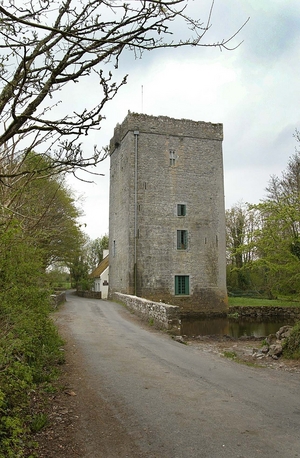
The efforts by a group of local people to have the famous Yeats' Tower (Thoor Ballylee), near Gort, south Galway, reopened is to be welcomed and supported.
Edward VII in Galway, 1903
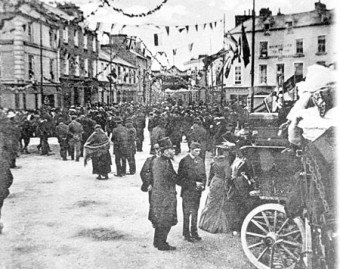
At the beginning of the last century, the Prince of Wales would have been one of the most famous personalities known to most Irish people. He had been to County Galway on a few occasions hunting, but when it was announced he was going to make an official visit, it aroused very mixed emotions. There were a lot of objections locally, led by an umbrella group known as the National Council. They disrupted preparatory meetings by shouting and heckling. Nationalists were not impressed either and other objectors included Edward Martyn, WB Yeats, Maud Gonne, and George Moore.
The really ‘cultivated classes’ were the Irish themselves
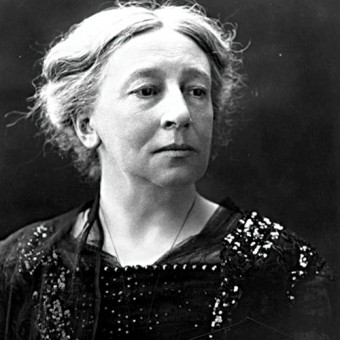
“ We are no petty people. We are of the great stocks of Europe. We are the people of Burke; we are the people of Swift, the people of Emmet, the people of Parnell. We have created most of the modern literature of this country. We have created the best of its political intelligence...." so spoke out WB Yeats proudly, during a passionate debate in the senate in June 1925.
New book on George Moore to be launched
GEORGE MOORE, the Irish novelist and man of letters, and an influence on Virginia Woolf and James Joyce, is the subject of a new book of essays.
Public talk on the life of Lady Gregory
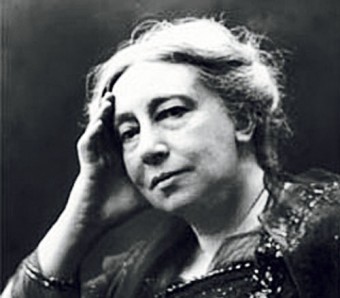
George Bernard Shaw once described Lady Augusta Gregory as “the greatest living Irishwoman”, a title she may deserve for her role in the Irish Literary Revival.
When the king came to town

King Edward VII was known as ‘Peacemaker’ for his role in fostering good relations between Britain and France, he was renowned for his politeness and good manners, and throughout the continent he was affectionately called the ‘Uncle of Europe’.
Why are the initials of James Joyce missing from Coole’s famous tree?
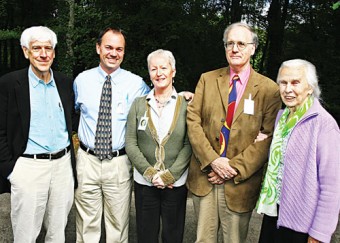
What would have happened to James Joyce had he come to the relative comforts of Coole, instead of opting for hardship and exile and the life of a wandering artist in Europe?
A missed opportunity
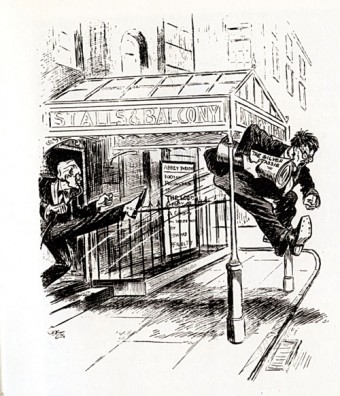
There is often more drama in the board room of the Abbey Theatre, Dublin, than what is presented on its stage. Following a famous conversation in Doorus House, Kinvara, one rainy afternoon in 1897, Lady Augusta Gregory of Coole Park, Edward Martyn of Ardrahan, and the young poet WB Yeats agreed to set up the Irish Literary Theatre. Theatre at the time was mainly influenced by the popular British music hall variety; and melodrama. It was agreed that day in Co Galway that the new Irish theatre would ‘embody and perpetuate Irish feeling, genius, and modes of thought’.

